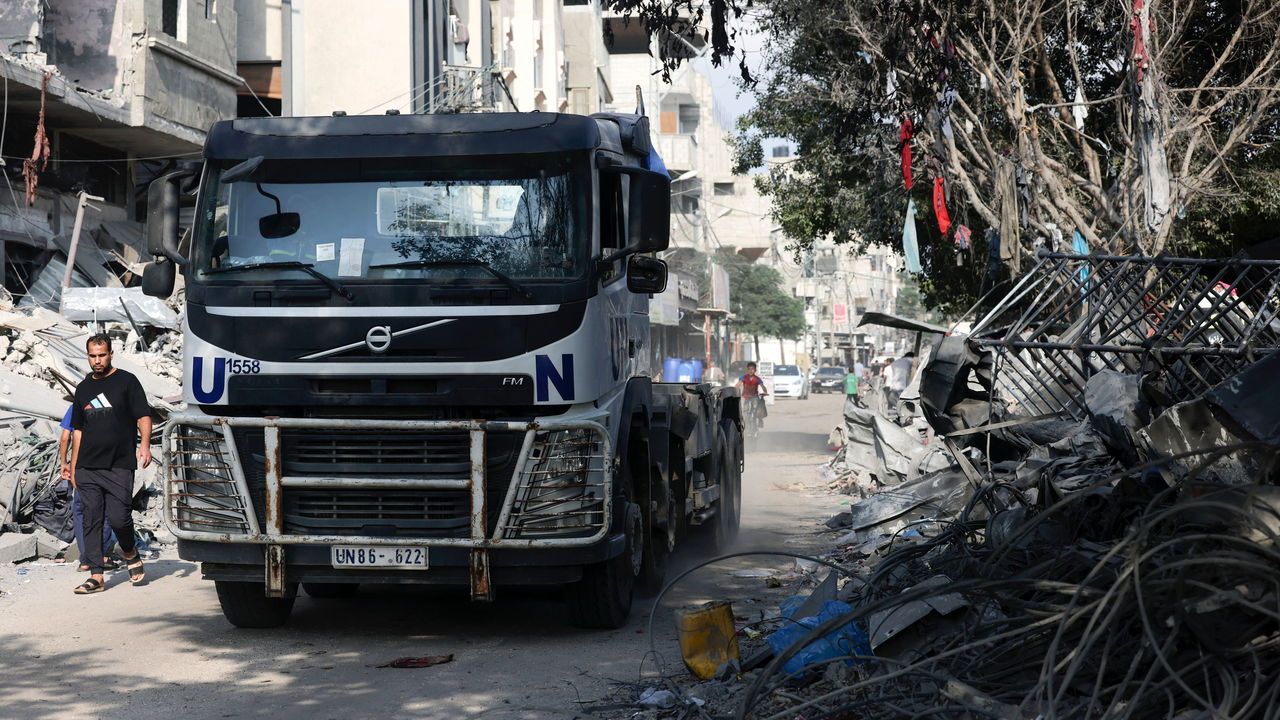The difference between a “ceasefire” and a “humanitarian pause”
And why it matters

AS THE FIGHTING in the Gaza Strip between Israel and Hamas intensifies, so do the calls for a “ceasefire”—or a “humanitarian pause”. An emergency joint summit of the Arab League and the Organisation of the Islamic Conference in Saudi Arabia on November 11th, for instance, called for the former. Two days later the 27 member states of the European Union reiterated their support for the latter. America will also only support pauses, as will the G7 group of rich countries. The UN, by contrast, has backed a ceasefire. Israel itself categorically rejects a ceasefire, but on November 9th agreed to implement daily four-hour “humanitarian pauses” in northern Gaza. So what is the difference between the two, and why does this divide countries and international organisations?
More from The Economist explains

What is a carry trade?
Borrowing cheaply to buy high-yielding assets is popular, but risky

The significance of liquid water on Mars
There could be an ocean’s worth deep underground

Why Russian troops are attacking on motorbikes
New conditions give rise to new tactics
What is “two-tier” policing?
The conspiratorial belief has spread online, fuelling disorder in Britain
Would legal doping change the Olympics?
The impact would be smaller—and worse—than proponents of drug-taking claim
Do vice-presidential picks matter?
If they have any effect on an election’s result, it is at the margins